Nanoparticles could allow for faster, better medicine
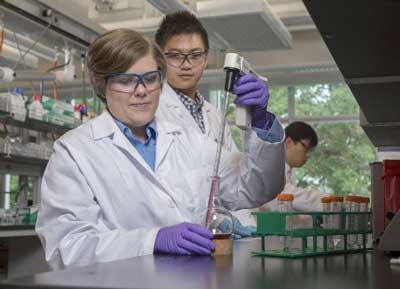 Gold nanoparticles could help make drugs act more quickly and effectively.
Gold nanoparticles could help make drugs act more quickly and effectively.
Nov 20th, 2017
Read more
 Gold nanoparticles could help make drugs act more quickly and effectively.
Gold nanoparticles could help make drugs act more quickly and effectively.
Nov 20th, 2017
Read more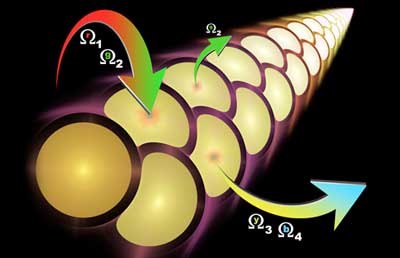 Researchers aim to improve fundamental understanding of how to control interaction of light and engineered materials.
Researchers aim to improve fundamental understanding of how to control interaction of light and engineered materials.
Nov 20th, 2017
Read more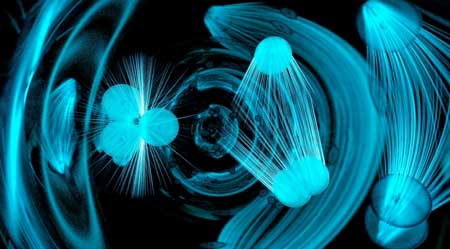 Researchers use new technique to reveal quantum intricacies of molecule creation.
Researchers use new technique to reveal quantum intricacies of molecule creation.
Nov 20th, 2017
Read more A discovery by an international team of researchers points the way to more widespread use of an advanced technology generally known as organic electronics.
A discovery by an international team of researchers points the way to more widespread use of an advanced technology generally known as organic electronics.
Nov 18th, 2017
Read more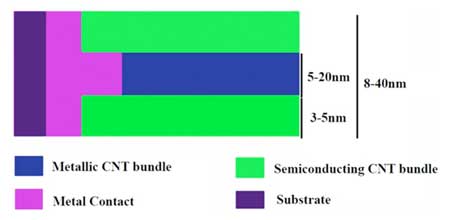 This paper presents reduction of crosstalk and noise in CNT bundle interconnects. Researchers propose the use of small diameter semiconducting CNTs as electromagnetic interference shields for CNT bundle interconnects.
This paper presents reduction of crosstalk and noise in CNT bundle interconnects. Researchers propose the use of small diameter semiconducting CNTs as electromagnetic interference shields for CNT bundle interconnects.
Nov 17th, 2017
Read more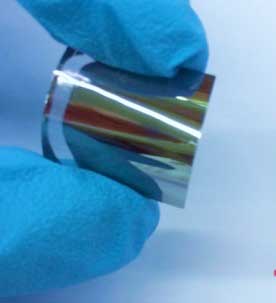 Researchers demonstrate, for the first time, strain-free van der Waals epitaxy of the elemental semiconductor germanium grown on mica, which has implications ranging from faster integrated circuits to high-efficiency solar cells.
Researchers demonstrate, for the first time, strain-free van der Waals epitaxy of the elemental semiconductor germanium grown on mica, which has implications ranging from faster integrated circuits to high-efficiency solar cells.
Nov 17th, 2017
Read more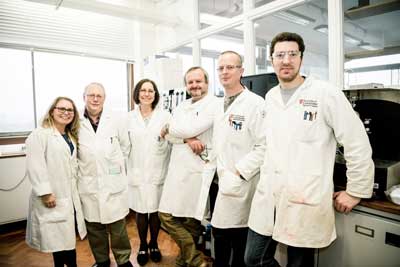 Researchers have have reported the development of polymeric materials with molecular recognition capabilities which hold the potential to outperform natural antibodies in various diagnostic applications.
Researchers have have reported the development of polymeric materials with molecular recognition capabilities which hold the potential to outperform natural antibodies in various diagnostic applications.
Nov 17th, 2017
Read more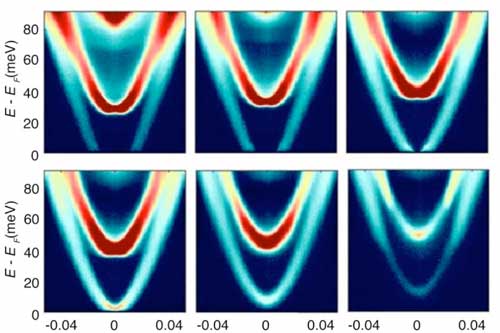 Scientists invent technique to map energy and momentum of electrons beneath a material?s surface.
Scientists invent technique to map energy and momentum of electrons beneath a material?s surface.
Nov 17th, 2017
Read more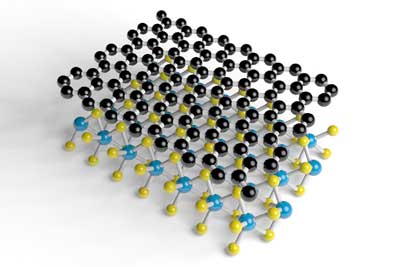 The team's calculations indicate a spin lifetime anisotropy that is orders of magnitude larger than anything observed in graphene until now.
The team's calculations indicate a spin lifetime anisotropy that is orders of magnitude larger than anything observed in graphene until now.
Nov 17th, 2017
Read more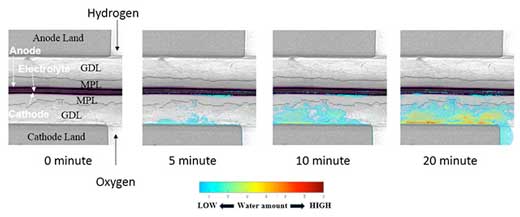 As a result of this breakthrough, it is now possible to observe the behavior of the water produced in fuel cells for automobiles which often experience drastic changes in reactions.
As a result of this breakthrough, it is now possible to observe the behavior of the water produced in fuel cells for automobiles which often experience drastic changes in reactions.
Nov 17th, 2017
Read more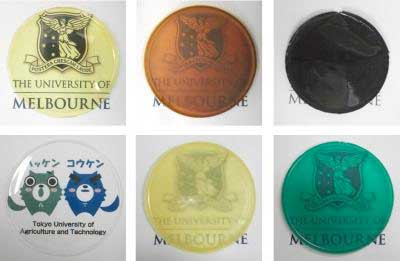 Effects of industrial gas impurities on the performance of hybrid membranes for gas separation.
Effects of industrial gas impurities on the performance of hybrid membranes for gas separation.
Nov 17th, 2017
Read more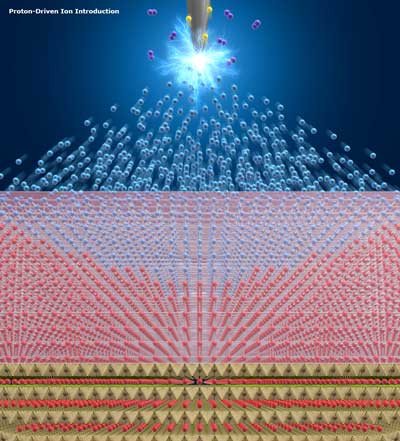 Researchers have developed a novel material synthesis method called proton-driven ion introduction, which utilizes a phenomenon similar to 'ion billiards'. The new method could pave the way for creating numerous new materials, thus drastically advancing materials sciences.
Researchers have developed a novel material synthesis method called proton-driven ion introduction, which utilizes a phenomenon similar to 'ion billiards'. The new method could pave the way for creating numerous new materials, thus drastically advancing materials sciences.
Nov 17th, 2017
Read more Unprecedented view will aid researchers developing new drug delivery methods.
Unprecedented view will aid researchers developing new drug delivery methods.
Nov 17th, 2017
Read more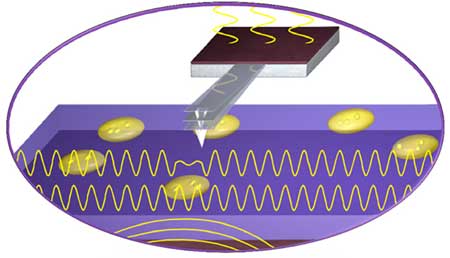 Non-invasive approach views sub-cellular structures at nanoscale resolution.
Non-invasive approach views sub-cellular structures at nanoscale resolution.
Nov 17th, 2017
Read more Small connecting proteins are the key to easy-to-make probes for biomedical imaging.
Small connecting proteins are the key to easy-to-make probes for biomedical imaging.
Nov 17th, 2017
Read more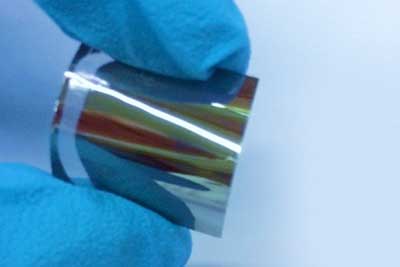 New research establishes an economical method for growing crystalline thin-film germanium - using a process known as van der Waals epitaxy.
New research establishes an economical method for growing crystalline thin-film germanium - using a process known as van der Waals epitaxy.
Nov 16th, 2017
Read more